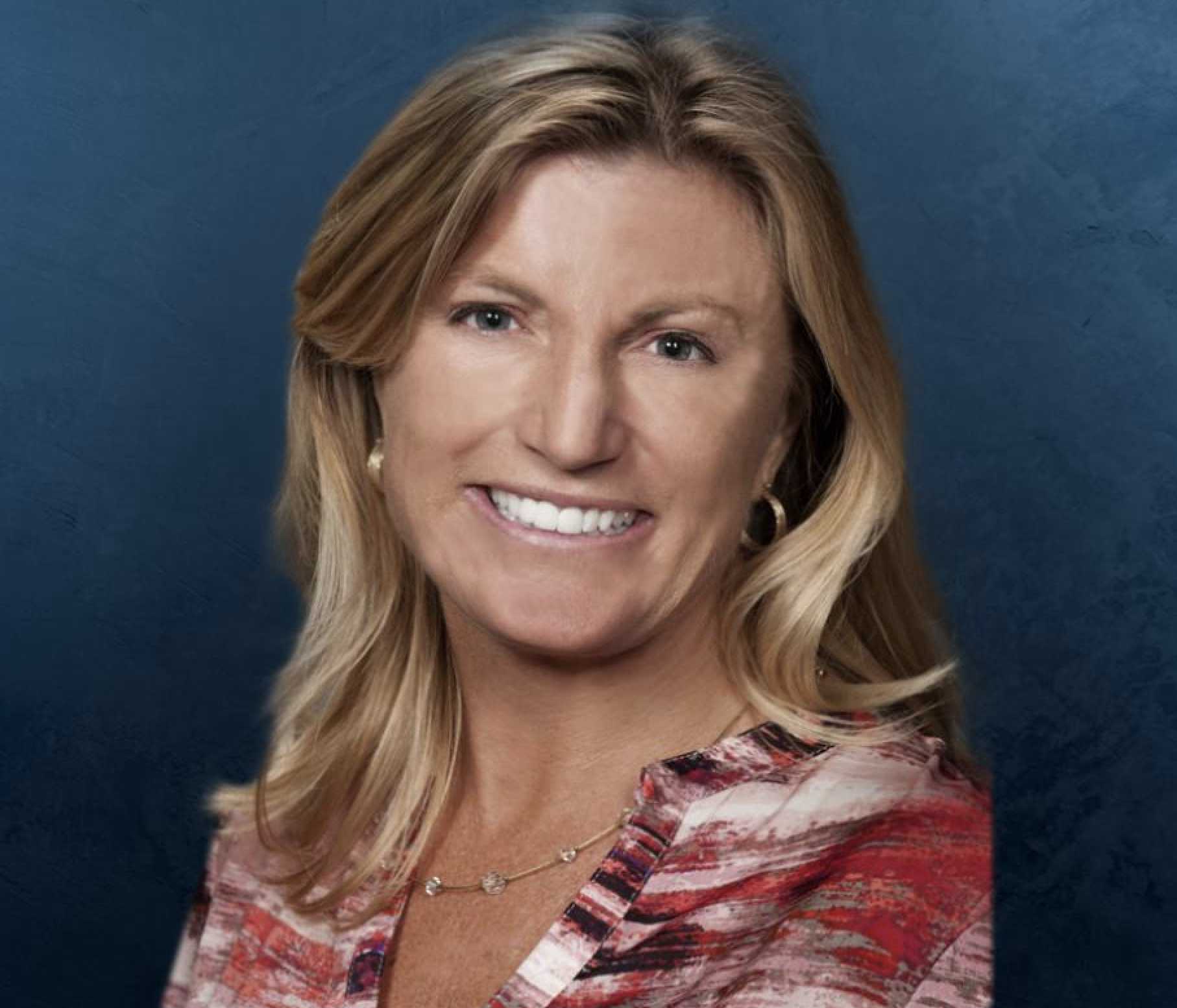Late February saw nearly 500 incentive planners and industry suppliers gather at the Conrad Istanbul Bosphorus in Turkey for the 51st annual conference of the Society for Incentive Travel Excellence. In addition to taking in the singular atmosphere of a destination that connects the eastern and western hemispheres, attendees spent time sharing their perspectives and concerns about elements of their work.
SITE CEO Annette Gregg notes that there was a common denominator among nearly all of the issues discussed: The under-40 segment of the workforce. This demographic will be at least 65 percent of the total workforce by 2030, according to research from PricewaterhouseCoopers.
“It's already a well-traveled group, and they're very socially and culturally conscious,” says Gregg. “So, they want destinations that feel very authentic to them. While they surely wouldn’t mind going to a tried-and-true incentive destination like Paris, they will want an overall experience that feels really local—the activities cannot feel canned.”
Further, SITE’s attendees are seeing a preference for physically active program choices, Gregg adds. “While in the past it might have been a morning of golf and then the pool, now it's more about nature-hike options, bicycling, or guided walks or team challenges that showcase culturally vibrant neighborhoods. And qualifiers do want the ability to bring their families; they don't necessarily want a lot of alone time, but they do want some family-focused opportunities in the agenda.”
Establishing strong partnerships with the destination’s experience providers is critical to success, Gregg adds. “Going to the local DMC networks and tour operators and saying, ‘How do we build the program out so that it’s immersive and hands-on, instead of simply observing the culture as we move through the destination?’”
Including Attendees in Program Development
On the business-focused side of programs, the fact that the under-40 segment “is in the process of ramping up their careers means they want focused time with organizational leadership,” Gregg notes. “The data we’re seeing shows that qualifiers want the program’s group interactions to be intentional—through dedicated time for listening to and interacting with C-suite executives as well as through peer-to-peer learning opportunities.”
 To make sure they get all of their program elements right, more incentive planners have been gathering potential attendees’ feedback in the early stages of planning. “There has to be a compelling story right from the beginning,” says Gregg (in photo). While that starts with presenting some of the sensory elements of the destination through compelling marketing channels, she says, “from there you must lead potential qualifiers down a path of exploration and choice: ‘Here are some of the experiences we can add to the agenda—do you like them? And what else might you want to see and do when we are there?’”
To make sure they get all of their program elements right, more incentive planners have been gathering potential attendees’ feedback in the early stages of planning. “There has to be a compelling story right from the beginning,” says Gregg (in photo). While that starts with presenting some of the sensory elements of the destination through compelling marketing channels, she says, “from there you must lead potential qualifiers down a path of exploration and choice: ‘Here are some of the experiences we can add to the agenda—do you like them? And what else might you want to see and do when we are there?’”
“It's definitely a bit more work for the organizer,” Gregg adds, “but that personalization will go such a long way” not just towards satisfying qualifiers during the program, but also in motivating more employees to qualify for the program. Then, “you can have some interesting reveals as the program draws closer," emphasizing that the program element you’re revealing came partly from their input.
Today’s Reality: Attendee Security at the Fore
Gregg notes that even with considerable international tensions across the globe right now, “our survey results find that 75 percent of incentive buyers are willing to try destinations that they have not tried yet. This is a huge shift from even a year ago, when we were coming out of the pandemic and most organizations just wanted qualifiers to feel safe and comfortable. I think it’s a real sign of confidence that qualifiers want to go to exotic places again.”
There are a few key elements to the effort, though. First, “planners must engage the local suppliers on the issue of safety in order to reinforce everyone’s confidence in the destination. For our own event, the host committee in Turkey put together a detailed safety and security package that went out to potential attendees several months ahead of time. It led with, ‘It is demonstrably safe here; the conflicts in our wider region are not affecting us,’ and provided details as well as the specific security measures that would be taken when they arrived.”
“I think it's mostly a matter of communication between planners and their contacts in the destination, and then between planners and potential attendees,” Gregg adds. “Once that information gets out there, we see that people are really excited to travel to places they have not been before and try new things.”
Part two of the MeetingsNet’s conversation with SITE CEO Annette Gregg about the issues discussed at SITE’s Global Conference in Istanbul (photo below) can be found here.






